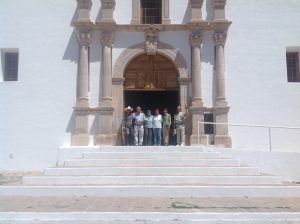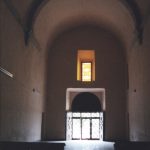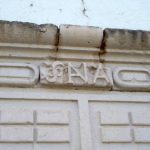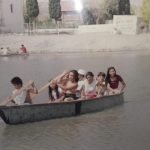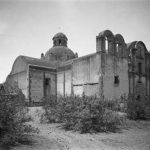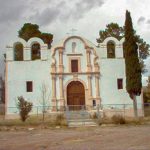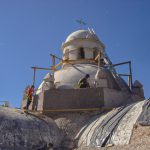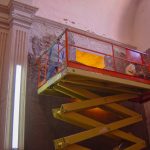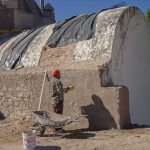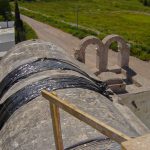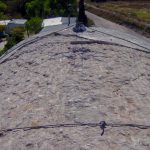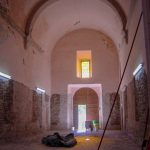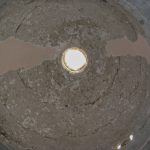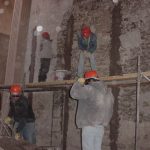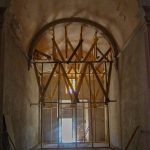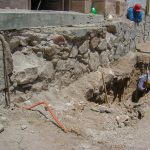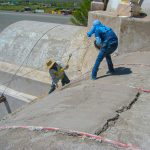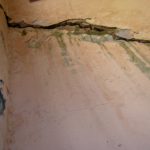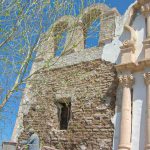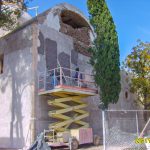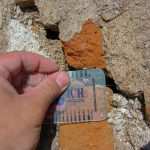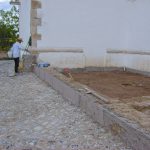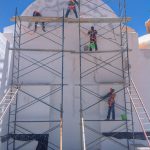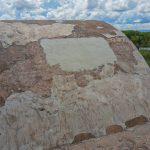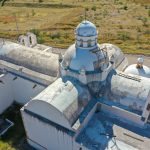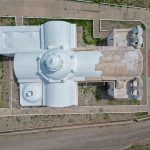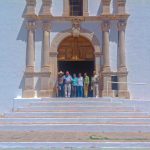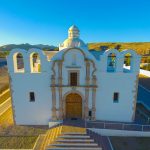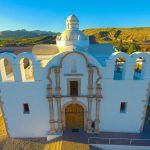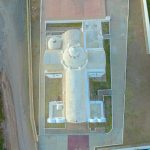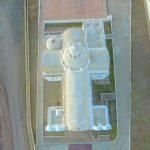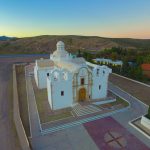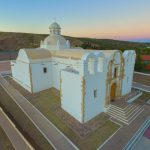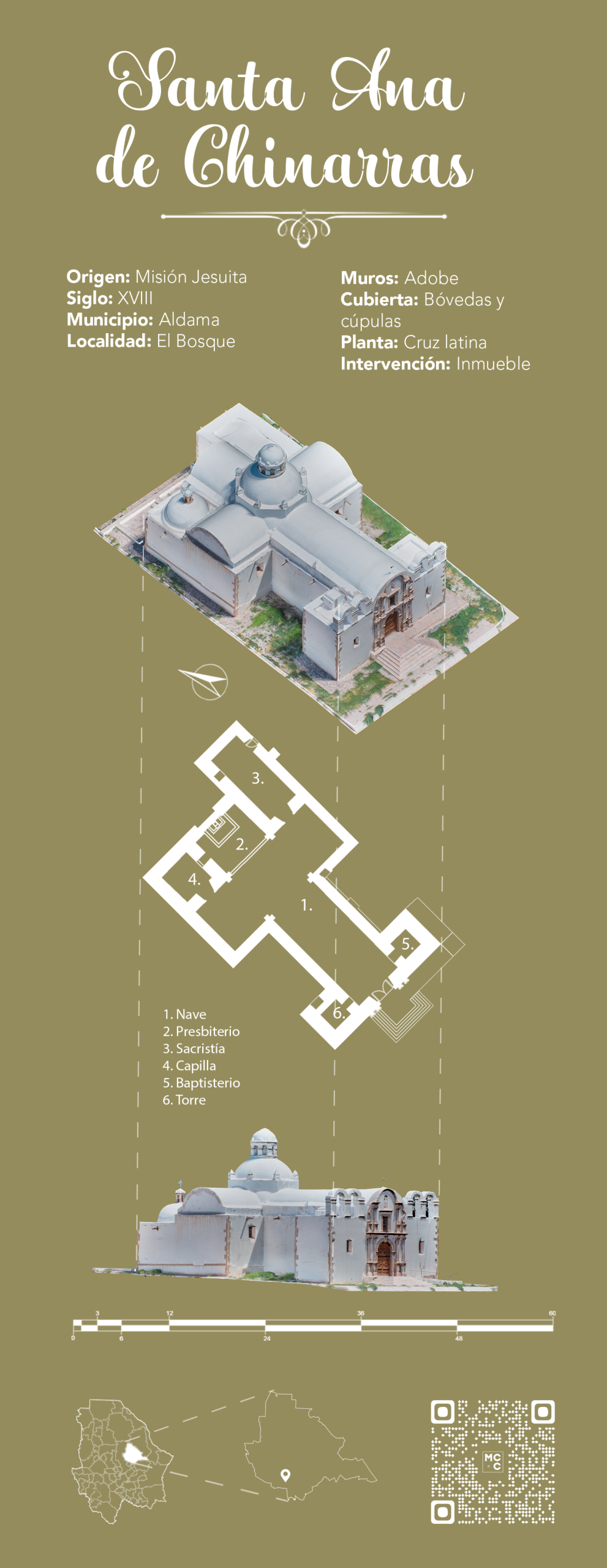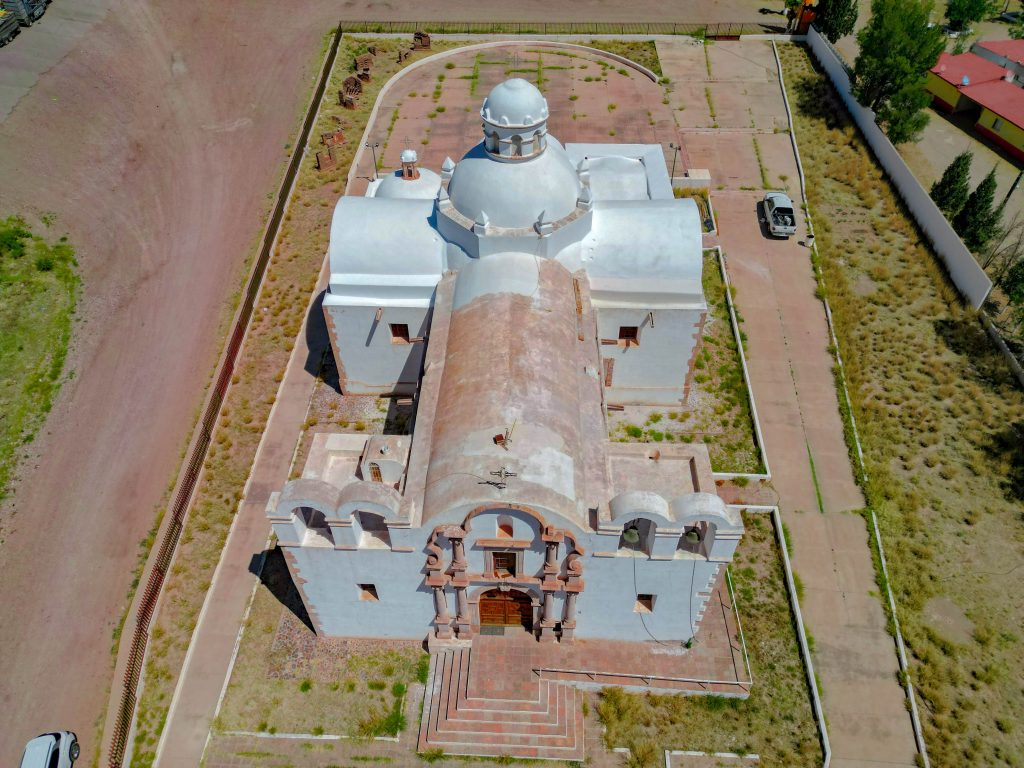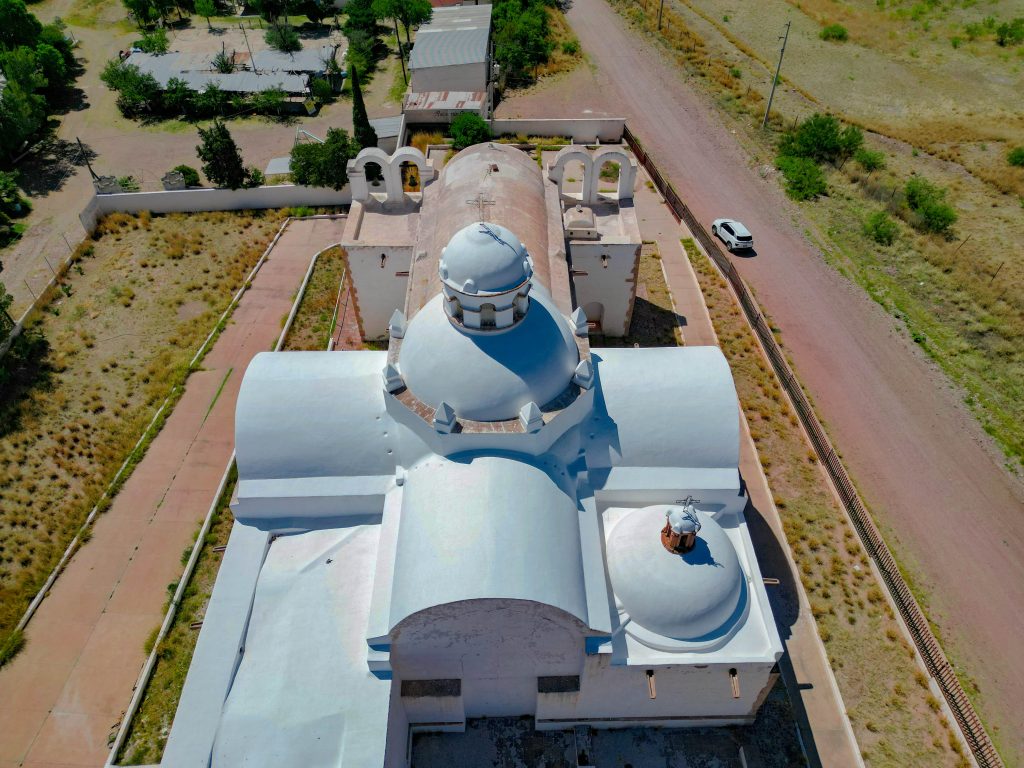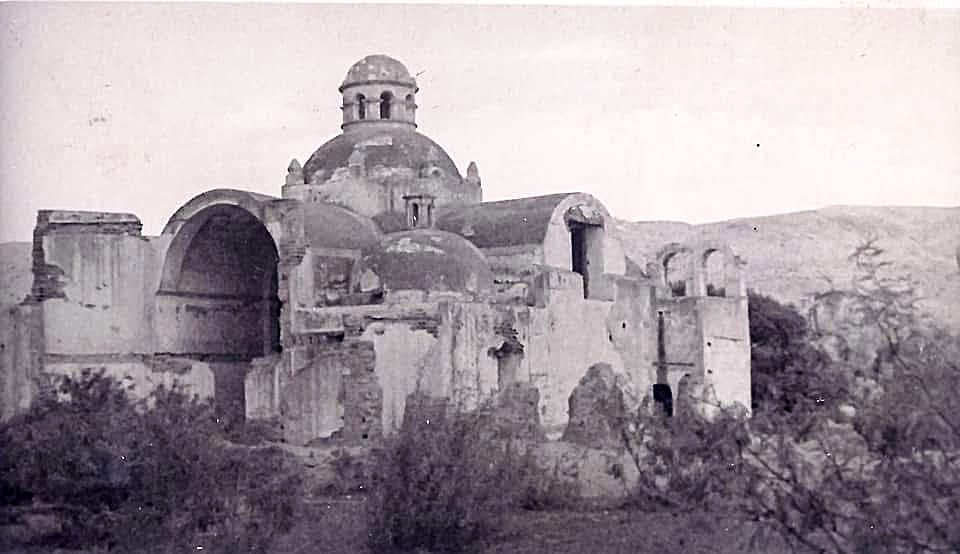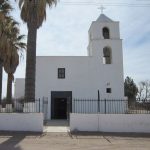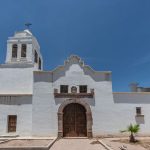Santa Ana de Chinarras
Santa Ana de Chinarras
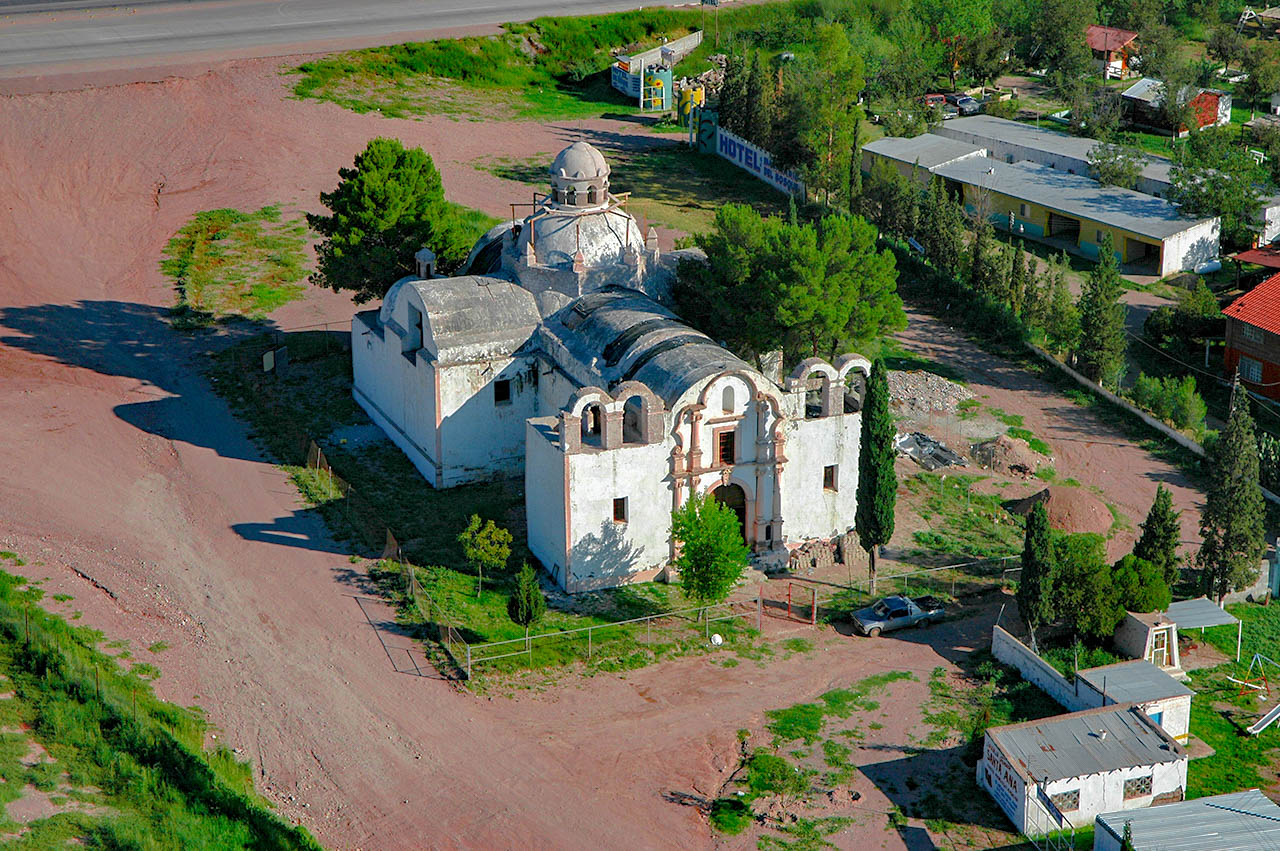
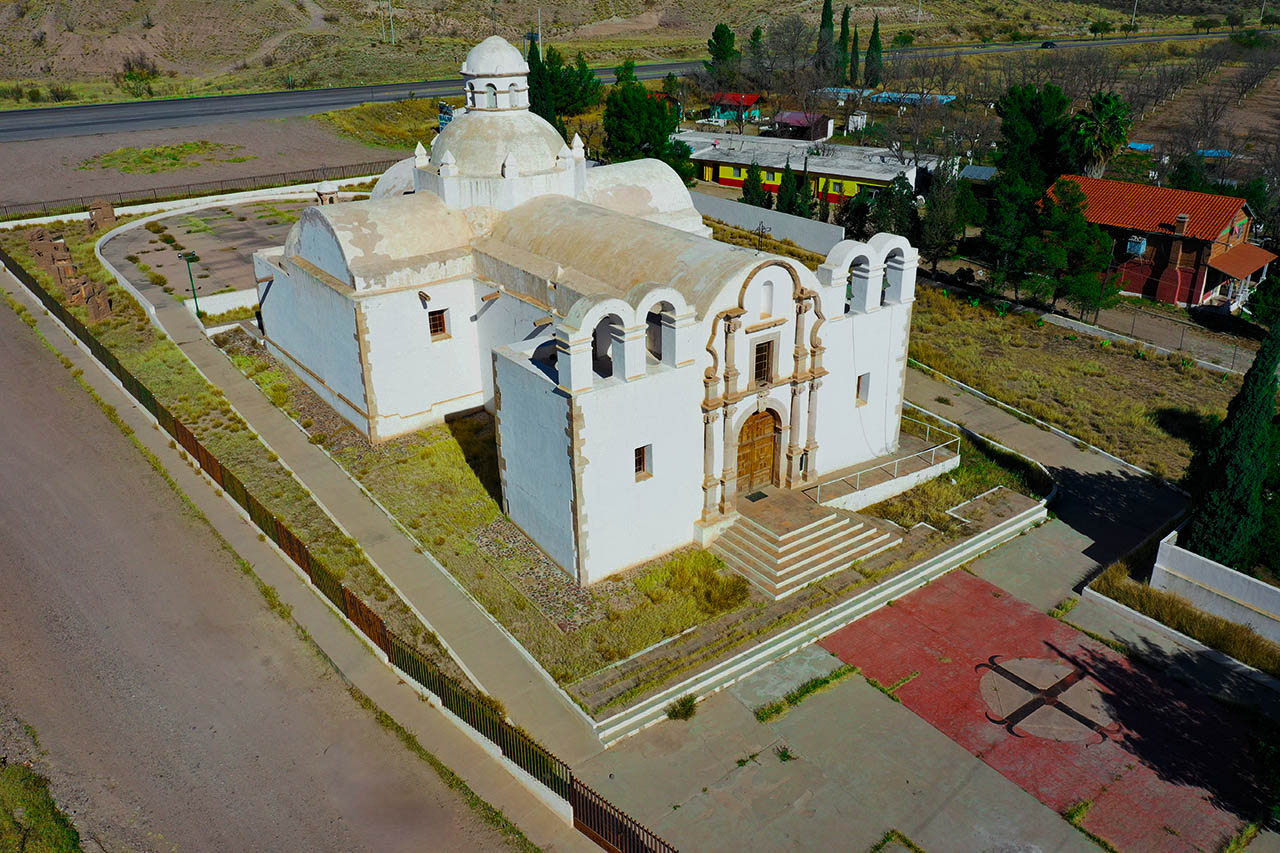
"After the destruction of the Mission of Santa Ana del Torreón, following indigenous uprisings, several already-Christianized indigenous people were left dispersed, including those known as the Chinarras. At that time, the governor of Nueva Vizcaya, Don Manuel San Juan y Santa Cruz, a person very sympathetic to the Jesuits and owner of several haciendas and ranches near the Chinarras’ lands, considered that it would be best to place these indigenous people under the care of a missionary. Considering that the Jesuits already had the Colegio Jesuita de Nuestra Señora de Loreto near Chihuahua (of which only the tower remains, now in the Museo Casa Chihuahua) and the Dolores and Tabalaopa haciendas, the governor allocated a large area of the latter for the creation of the Mission of Santa Ana and San Francisco Javier de Chinarras—a project that suited the Jesuits, who needed labor for their haciendas and the College.
Various authors mention different dates for the construction of the temple that still stands today: 1716, 1717, and 1718 are the proposed years, although its completion date is unknown. Its design was entrusted to the renowned master builder of the time, José de la Cruz, who also designed the College and the Cathedral of the City of Chihuahua. To him we owe the great beauty and majesty of this mission temple.
The first steps toward rescuing this site were initiated under the project called 'A Mission for Chihuahua: 50 Missions' in 2004, when the first architectural survey and assessment of the building were carried out. It was not until 2006 that the local authorities of Aldama approached Misiones Coloniales de Chihuahua, A.C., to promote the project, giving rise to what is now the Council for the Rescue of the Mission of Santa Ana de Chinarras. The project received strong support for funding from the State Government through the Secretariat of Planning and Evaluation and the Secretariat of Commercial and Tourism Development, which, under an agreement with SECTUR of the Federal Government, made it possible to pool resources for this work.
The project took the direction of carrying out an ambitious, comprehensive effort to achieve an intervention that would restore dignity to the building and ensure its long-term rehabilitation. During the intervention work, a section of the cement paste flooring was successfully recovered.
On July 25th, 2008, the temple was inaugurated with a Mass officiated by the Vicar of Chihuahua. From that date, the temple resumed its use as such. Subsequently, work on the surrounding plaza was carried out.
INVERSION: $3,115,000.00 MXN
PHASE I $2,500,000.00 (2006-2008)
Comprehensive restoration: Restructuring of foundations and vaults, wall consolidation, plaster reintegration, compression layers in vaults and domes, painting, restoration of carpentry and stonework, waterproofing, interior lighting, flooring, adaptation of exterior spaces, and furniture.
- Federal Tourism Secretariat
- Government of the State of Chihuahua
- Municipal Government of Aldama – Council for the Rescue of Santa Ana de Chinarras.
MAINTENANCE $185,000.00 (2014, 2018)
Roof maintenance: Removal of disintegrated plaster, patching of the fine layer with lime-and-sand mortar (made on site), and waterproofing with soap and alum. Wall repairs and application of lime-based paint on interior and exterior walls.
- Pro-Restoration Committee
- PACMYC 2017
MAINTENANCE $430,000.00 (2021-2023)
Roof maintenance: Removal of disintegrated plaster, application of Graphenstone’s MortarFine, and waterproofing with Oxical.
- EKÁ-NAWEAME (2021)
- Restoration Committee
- City Hall from Aldama
A Council was established by local authorities of Aldama and citizens committed to their community and the preservation of its heritage as a factor of development. Together with Misiones Coloniales de Chihuahua, A.C., they worked until the restoration of the temple was completed. Local labor was trained in restoration techniques and processes to avoid additional costs during the intervention. The master builder in charge of the work was José Silva.
On-site contact:
Antrop. José Luis Domínguez González
(614) 210 3131
